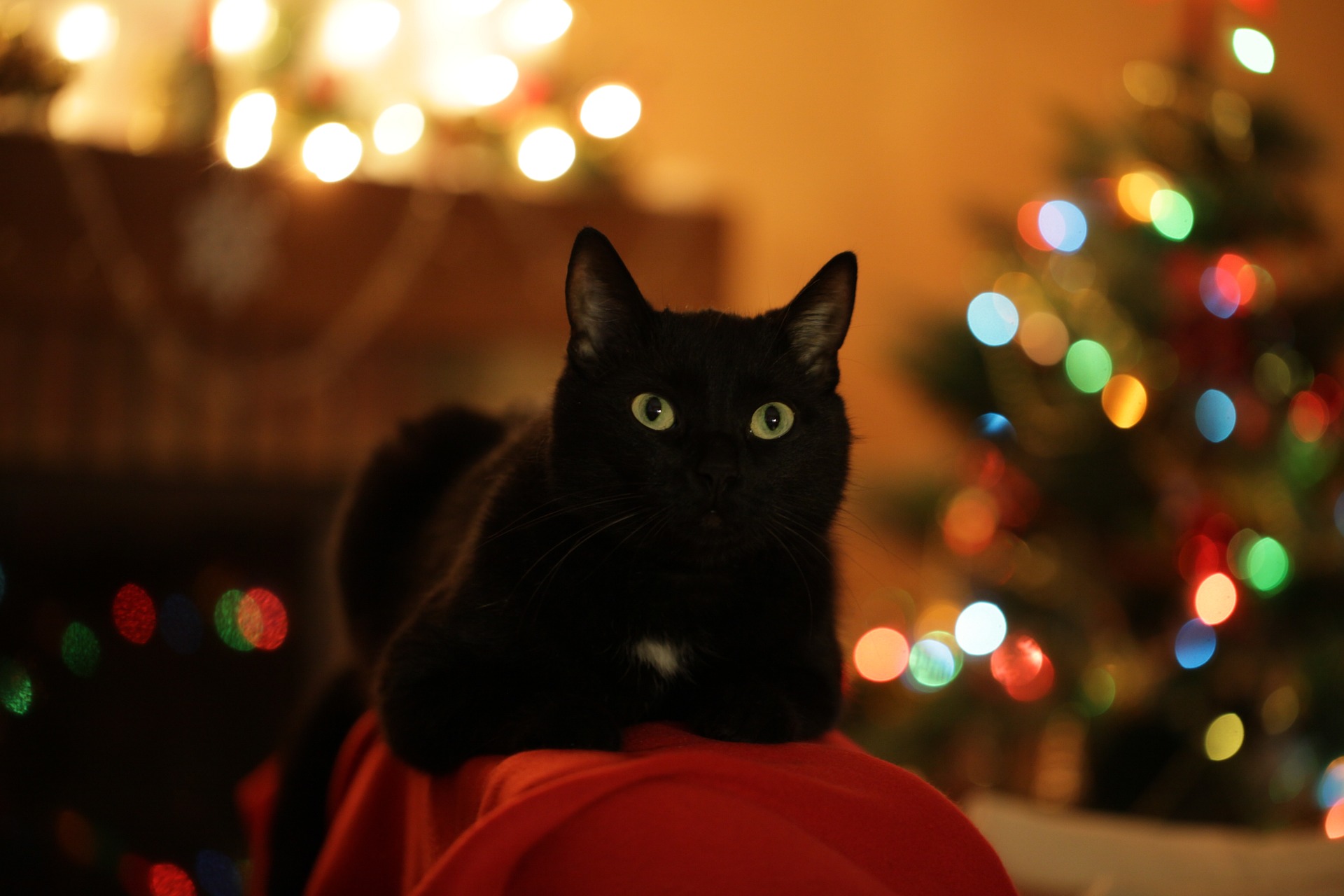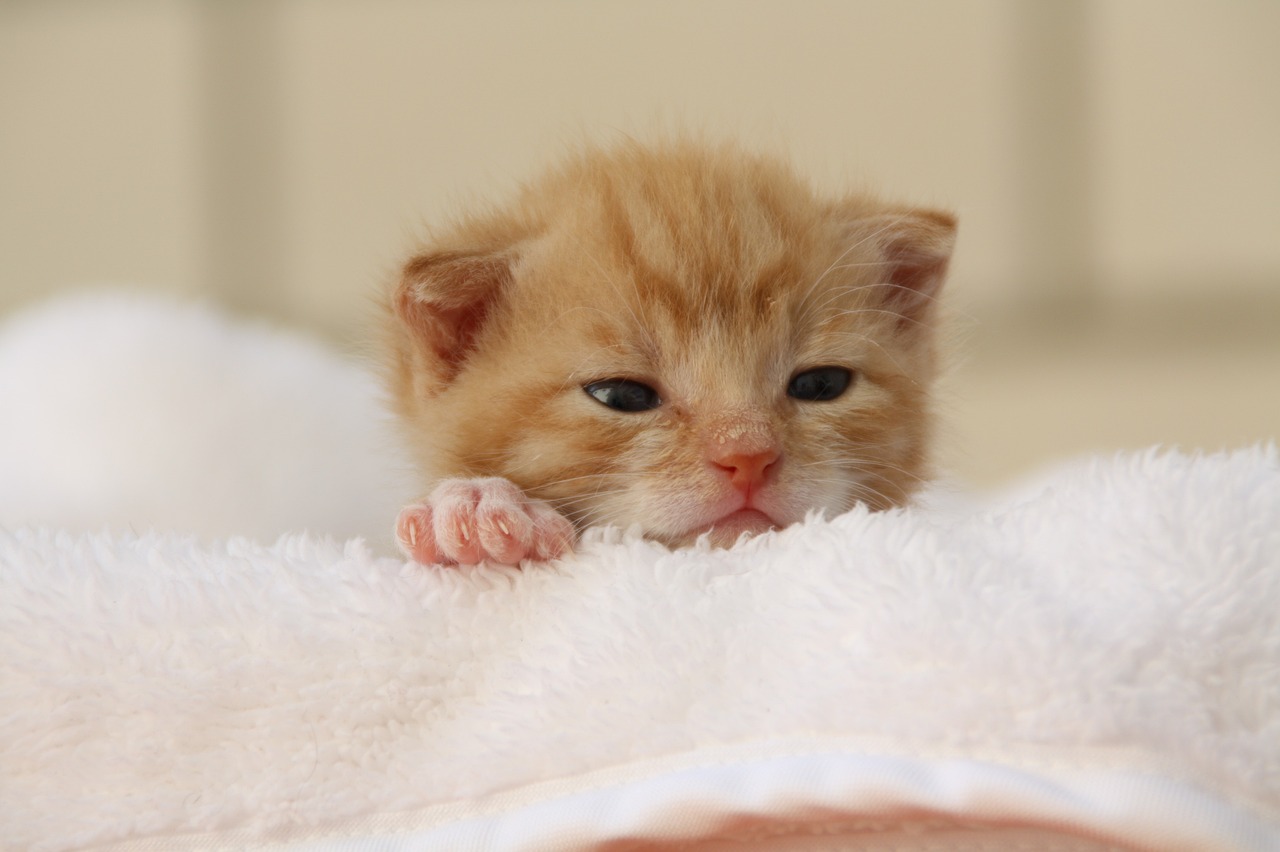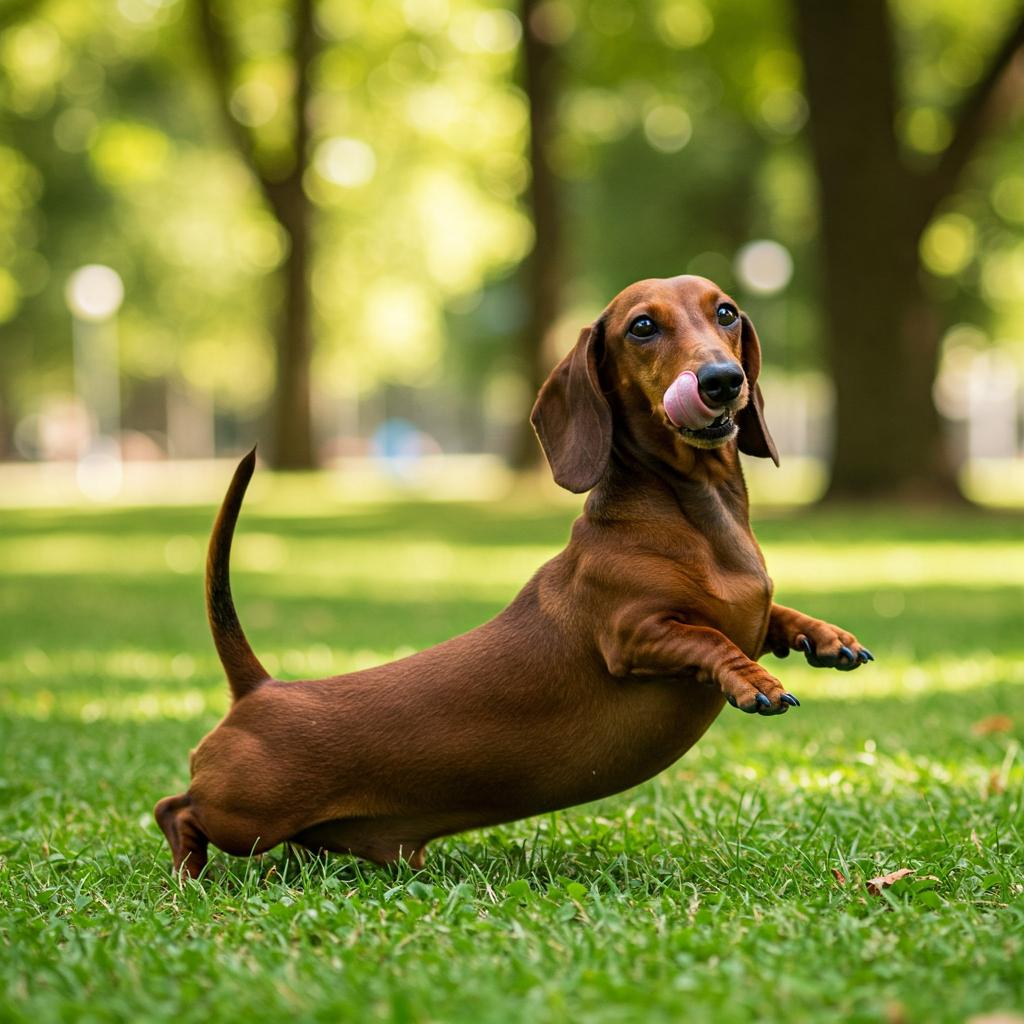
Temperament and Traits of the Dachshund Dog Breed
The history of the dachshund is very old, even in an ancient Neolithic cave bone remains were found presumably of very small and particularly short dogs. Some believe that the first dachshunds were Egyptians, as archaeological finds have unearthed paintings dating back to 2300 BC depicting a short-legged dog with an elongated body but straight ears.
The ancestors of the dachshund may have appeared during the Middle Ages in Germany, when they were appreciated for their qualities as hunting dogs, especially den dogs. They then also spread to England due to the union between Prince Albert of Saxony and Queen Victoria; the prince in fact brought some dachshunds to England with which Queen Victoria fell in love. Her unconditional love ensured their spread to the rest of the kingdom.
As far as modern history is concerned, it seems that today's dachshund derives from the dachsbracke, a short-haired, short-legged dog that has been widespread since the Middle Ages in Rhineland, Saxony, Westphalia, Switzerland and Tyrol. Recently we find the first real breeders in Bavaria. Since then, the dachshund has become a true symbol of Germany, so much so that it was adopted as the official mascot of the 1972 Olympic Games, held in Munich.
The first variety of dachshund known in history is the shorthaired variety, while the long-haired and hard-haired or strong-haired varieties are the result of crossing the shorthaired variety with other breeds.
The breed considered to be recent (18th and 19th centuries) has among its ancestors the German Dachshund and the Pinscher. The short-haired version of the dachshund is older, while the long-haired one was created in the 16th century through crosses with spaniels. Finally, the hard-coat, created towards the end of the 19th century, is the result of a cross between the schnauzer, the dandie dinmont terrier and probably the scottish terrier.
The dachshund has been bred for decades in three different sizes (normal, dwarf and kaninchen) and in three different coat types (short, hard and long).
At the root of the dachshund's dwarfism is a pathological malformation, probably chondrodystrophy, a disease that inhibits the development of long bones by preventing the proliferation of growing cartilage, and this is probably the origin of this breed, unlike all the others, where it was human selection that introduced substantial changes.
Character of the Dachshund dog breed
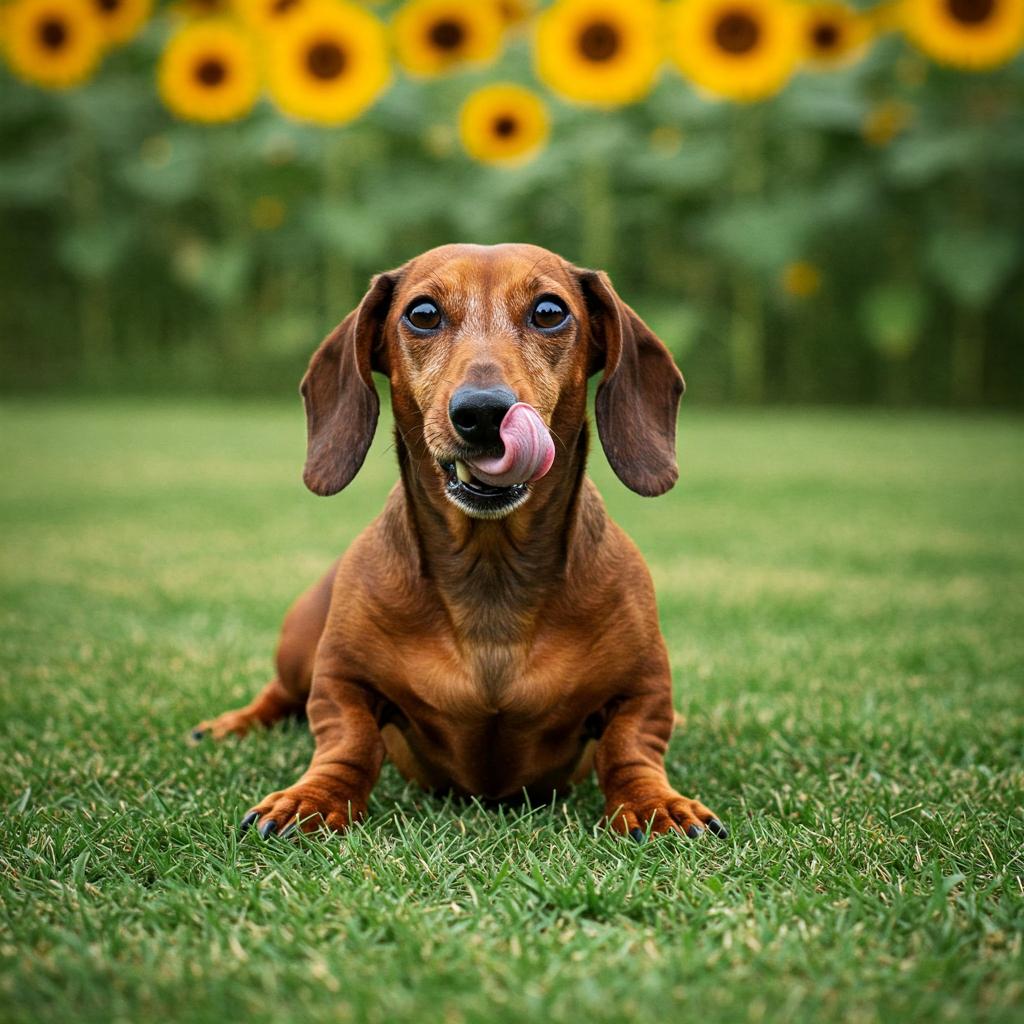
It is not very suitable as a first dog because its training is not the easiest. Yes, he is a docile dog, but stubborn, affectionate but fond of his autonomy and his hunter's temperament may lead him to stray, so it is good to educate him from puppyhood. Educate him both in obedience and socialisation. Both the male and the female have a strong tendency to be dominant and very keen on protecting what they consider their territory.
So a good education from the first months is very important so that there are no problems with strangers, such as neighbours or friends. And early socialisation always ensures that he does not get into fights with other dogs, even if they are much older than him. Nor does he get on very well with children. Well-trained dachshunds and well-behaved children are usually fine. Otherwise, they may be aggressive and bite an unfamiliar child, especially one that moves quickly around them or teases them.
Being a hunter, the dachshund is particularly energetic and prone to movement, so the owner must pay special attention to physical activity. It is not a lazy dog, it is always on the move and loves being outdoors. This breed is very noisy and its barking must be taken into account for good neighbourly relations.
If he lives too solitary a life, he may develop erratic behaviour. It is not a dog that is suitable for being alone for a long time, as it could make a mess in the house or garden.
Appearance of the dachshund dog breed
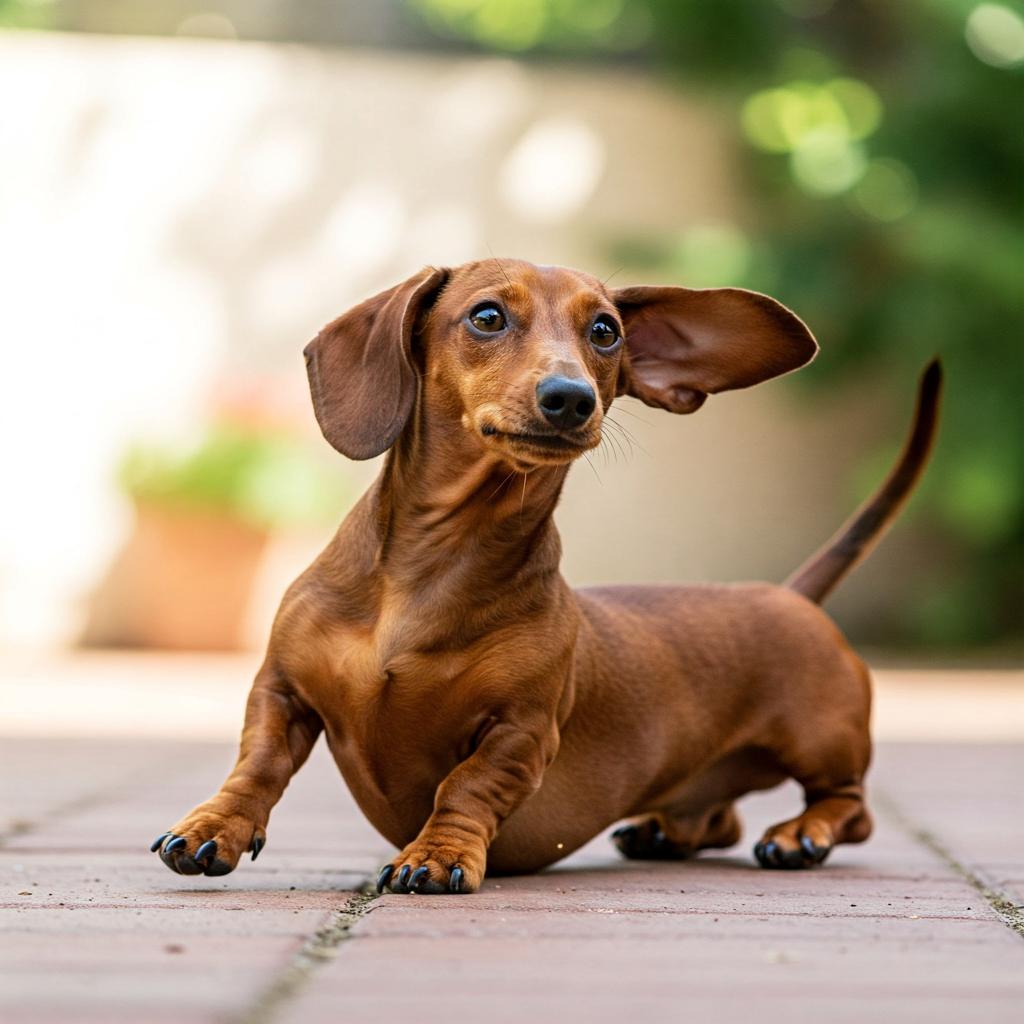
The skull is rather flat, with a very slight stop. The head is tapered and is softened by very expressive dark oval eyes. The low-hanging ears are pendulous and fall to the height of the shoulder blade. The tail is attached high in the shape of a comma.
The dachshund's coat has 3 types of hair: short-haired, long-haired and hard-haired. Short-haired is smooth, shiny and fawn, tawny-yellow or yellow in single-coloured subjects. It may also be harlequin. Long haired, it is fiery black, mahogany or even harlequin, and also has a rather thick undercoat. Hard-haired, wheat-blond, chocolate-black and the coat is very dense and hard to the touch.
The most common breeds are short-haired and hard-haired, the latter being widely used in hunting, both for burrowing and for hare and wild boar.
Care and health of the Dachshund dog breed
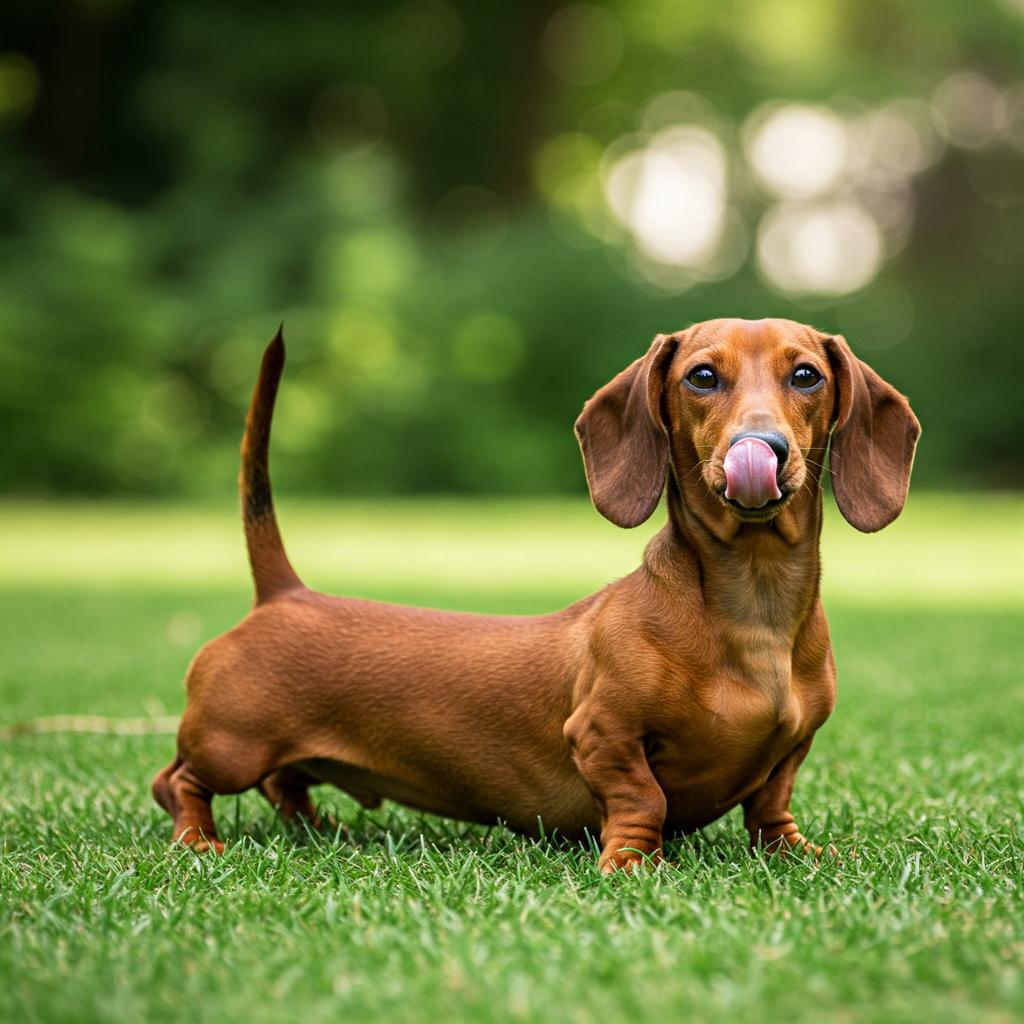
The dachshund may put on weight if its diet is not balanced against exercise, which must be daily.
As far as coat care is concerned, it is not complicated, only for the long-haired variety it is necessary to comb the coat regularly, while for the other types it is advisable to have them sheared twice a year by a professional. Hair loss is moderate but permanent.

